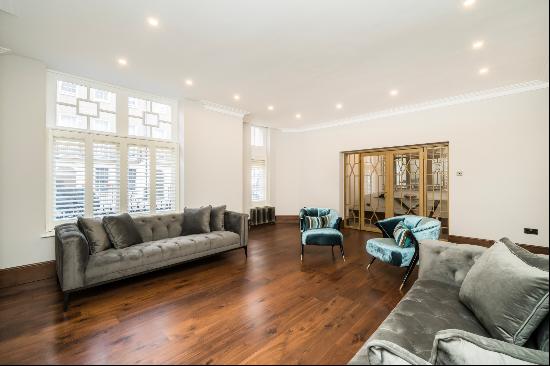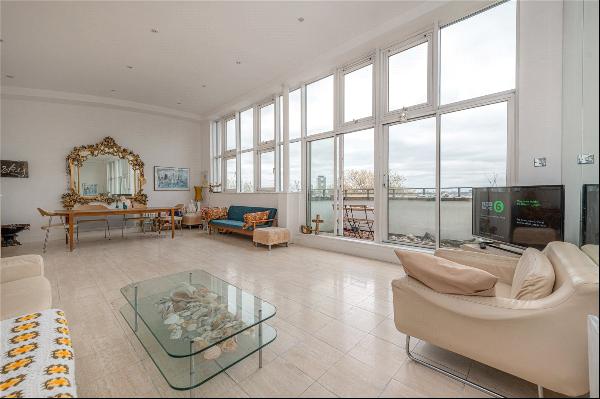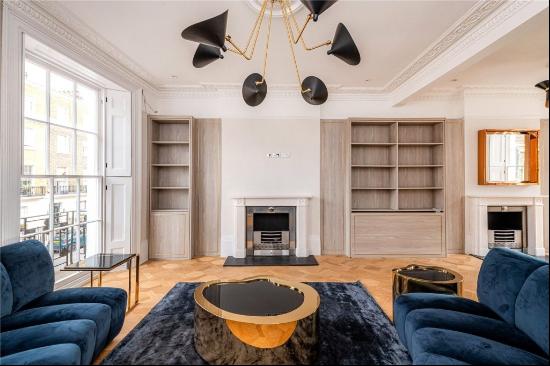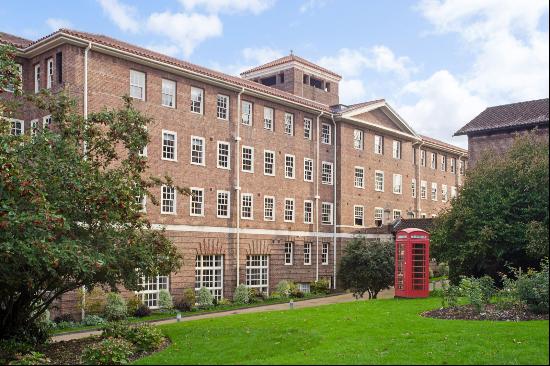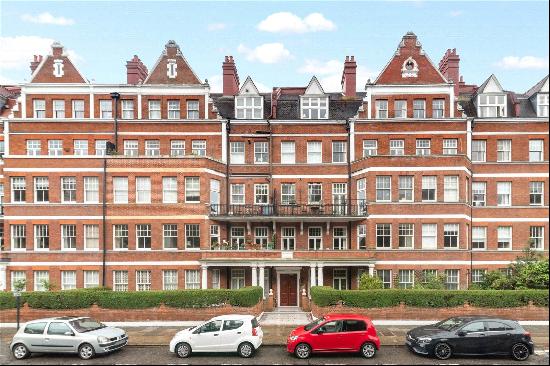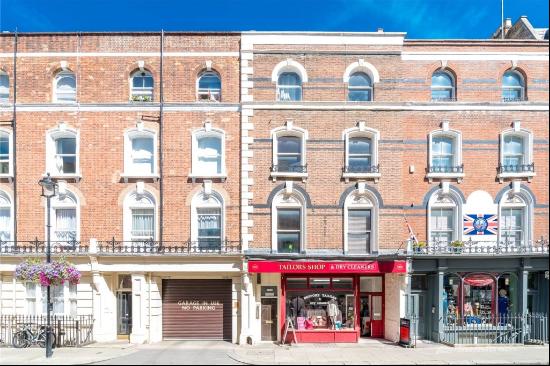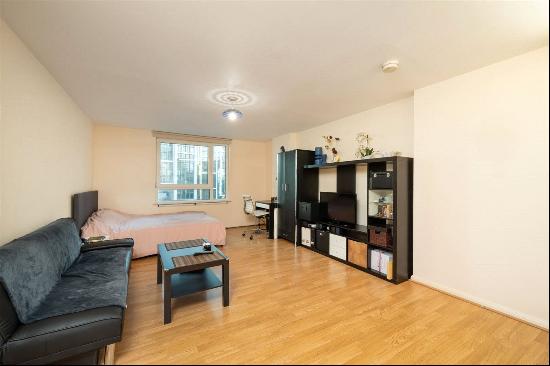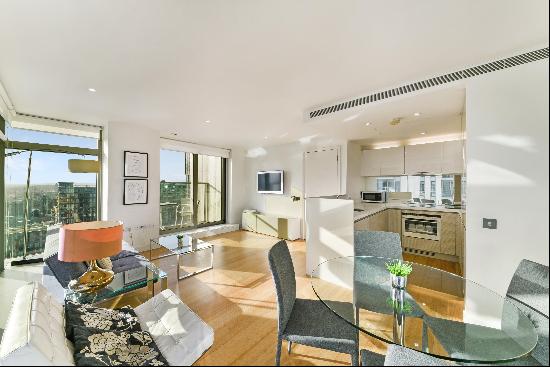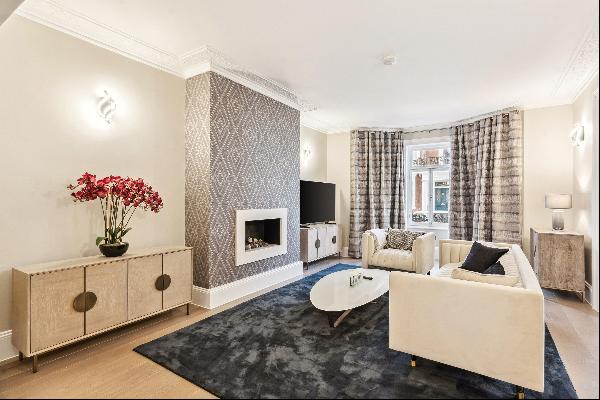
As told to Kate Youde
Gravel gardens — Cleve West

I’ve noticed that the gravel garden is coming back into its own, but people are going slightly off-piste with it. At last year’s Chelsea Flower Show, for example, designers used builders’ rubble and aggregates that would normally go to landfill, but which are now being used in ways that can benefit wildlife. Similarly, we’re currently doing a garden in Surrey where they've knocked down buildings and dug up a road — all that concrete is being crushed to be used as a substrate.
It’s a nice way of dealing with the various challenges of climate change. If it's hot and dry, the gravel means that less moisture evaporates, saving water. Then, in a few years from now, if we’re tempted to plant tender or subtropical plants as the climate gets warmer, they will be more likely to survive the wet winters because gravel gardens tend to be more free draining.
Cleve West is a garden designer
Edible flowers — Thomas Broom-Hughes

People are becoming more interested in edible gardening. It has been a trend since the pandemic, but I think it has a lot to do with the fact people want to know the provenance of the food that they're eating and how to start growing their own produce. At Petersham Nurseries we're seeing an increase in sales of easy salads and a particular interest in annual edible flowers that will grow easily in pots. That's one big trend that I think will grow and grow (no pun intended) in 2024.
These edible flowers could be calendulas or viola, which are both easy, quick croppers. A lot of people are also growing cornflowers and love-in-a-mist, and using herb flowers — mostly for adding to salad and cocktails, or, because presentation is everything with food now, as a garnish for dishes, cakes and baking.
Thomas Broom-Hughes is director of horticulture at Petersham Nurseries
Lakes — Jinny Blom

The key focus for me in 2024 is water. I tend to work on quite a large scale and design a lot of parkland, and I’m currently building 11 large lakes in estates around the world. Lakes fit very well into that idiom. Function and aesthetics for me go hand-in-hand and I look at lakes for fish, for swimming and for beauty. They trap the light in the landscape — if you've got a big, empty, boring field and you put a lake in it, it's suddenly transformed.
Jinny Blom is a landscape gardener
Wildlife-friendly features — Marcus Barnett

Sustainability is very much at the forefront of everyone's mind. Of course, we need to think about where we get our plants from and how they get to our clients’ gardens. But we also need to think about sustainability not just from an environmental point of view, in terms of the carbon footprint, but in terms of what will serve the local wildlife and restore bird and bee numbers, for example, or improve habitats for insects and bats.
We’re currently building these lovely, durable insect hotels and, where appropriate and necessary, we’re installing bat roosts and places for bees and insects to hide and take shelter during the winter. With our planting, we're thinking about what will attract and sustain insects and specifically bees — beekeeping is an increasing activity that our clients find rather scary but also incredibly fulfilling.
Marcus Barnett is principal and founder of landscape architecture practice Marcus Barnett Studio
Photography: Rebekah Kennington; ©Tom Mannion; Millie Pilkington








